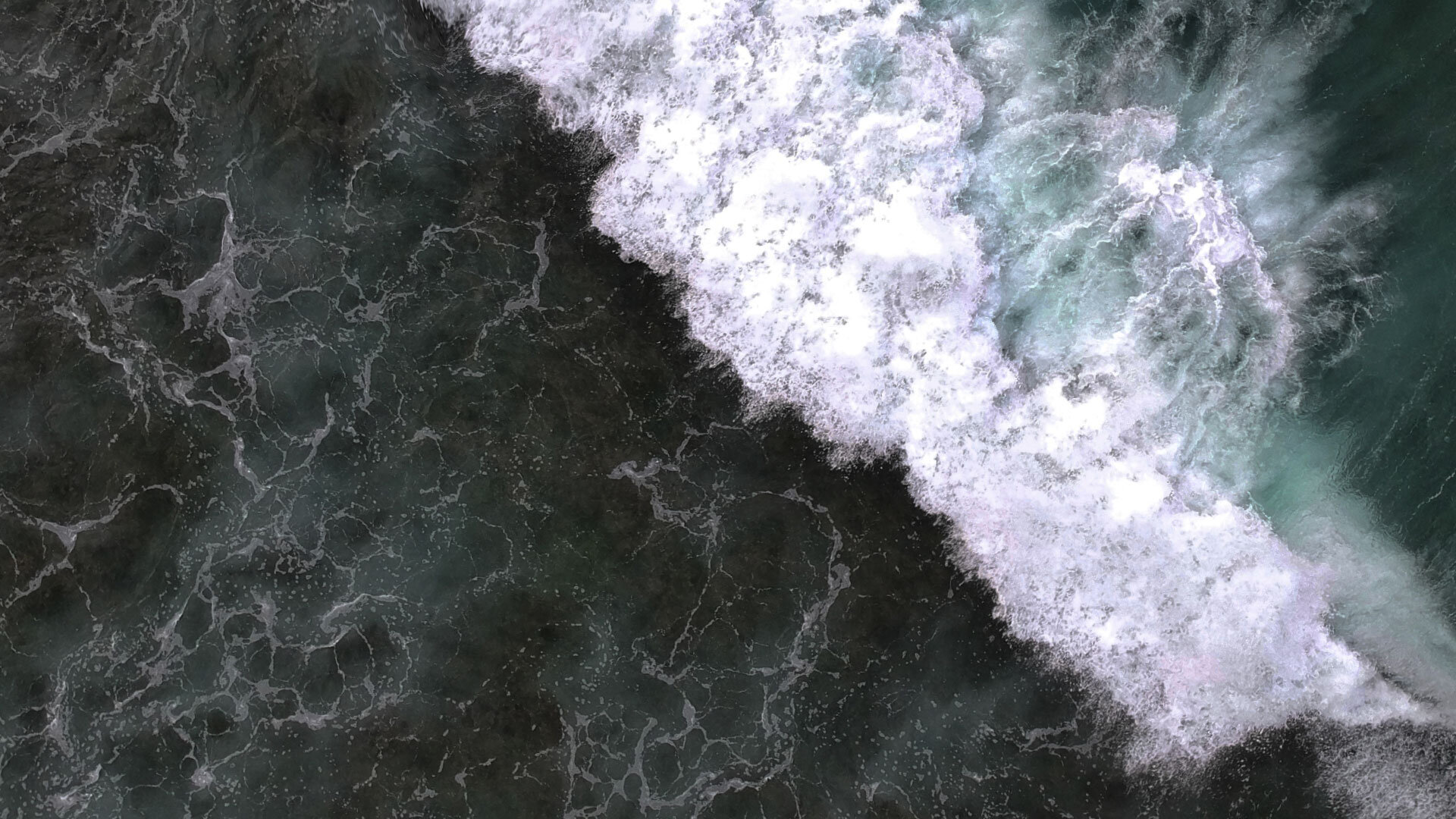
Guest blog: Project Vesta’s coastal carbon capture
My name is Nathan Walworth and I am lucky enough to work for Project Vesta, an endeavour to remove carbon from the atmosphere by spreading an abundant mineral, olivine, in coastal areas.
June 4, 2021
As olivine is ground down by the Earth’s natural wave energy, it dissolves, sequestering carbon dioxide into a molecule in the water known as bicarbonate. This locks away carbon dioxide for thousands of years. Over time this can also turn into limestone trapping carbon at the bottom of the ocean. Accelerating and scaling this process offers a significant solution to climate change by enhancing one of Earth's oldest processes to sequester carbon.
This is process is included in a number of terms including ocean alkalinity enhancement or coastal enhanced weathering. At Vesta, we call it coastal carbon capture. It has been happening for billions of years, without the need for human intervention. But, as greenhouse gas emissions push our climate to a breaking point, we are working to speed up this natural cycle. Not only does this process sequester carbon, it also helps to combat ocean acidity, bringing hope to the marine ecosystems that are being decimated by ocean acidification.
At Project Vesta, I work with a unique team of outstanding scientists, entrepreneurs, and engineers. We are based off the coast of California and are working together to bring coastal carbon capture into the world. Our work is grounded in rigorous science, and our top priority is to ensure our process is safe for marine ecosystems.
“I work with a unique team of outstanding scientists, entrepreneurs, and engineers, working together to bring coastal carbon carbon capture into the world.”
Because of the climate emergency, our objective is now to scale-up the project as quickly as possible. Last month, collaborators from around the world gathered on our testing site in the Caribbean to assess the safety of the process through a first round of sampling and testing. This baseline sampling is critical prior to deploying any amount of olivine in the natural environment. Once safety and efficacy can be determined through a mix of lab experiments, modeling, and environmental monitoring, we will deploy a small amount of olivine. We are taking an incremental approach to deployment. This means that we will monitor the effects of olivine dissolution across all our indicators after a given deployment and will only move forward with a subsequent one if we our results show safety and efficacy.
Future experiments will include deploying olivine on multiple beach sites with varying characteristics, to test the safety of olivine on a range of marine ecosystems, as well as the optimal olivine dissolution rates with varying grain sizes. This will allow us to build an extensive dataset on the safety and weathering rate of olivine.


